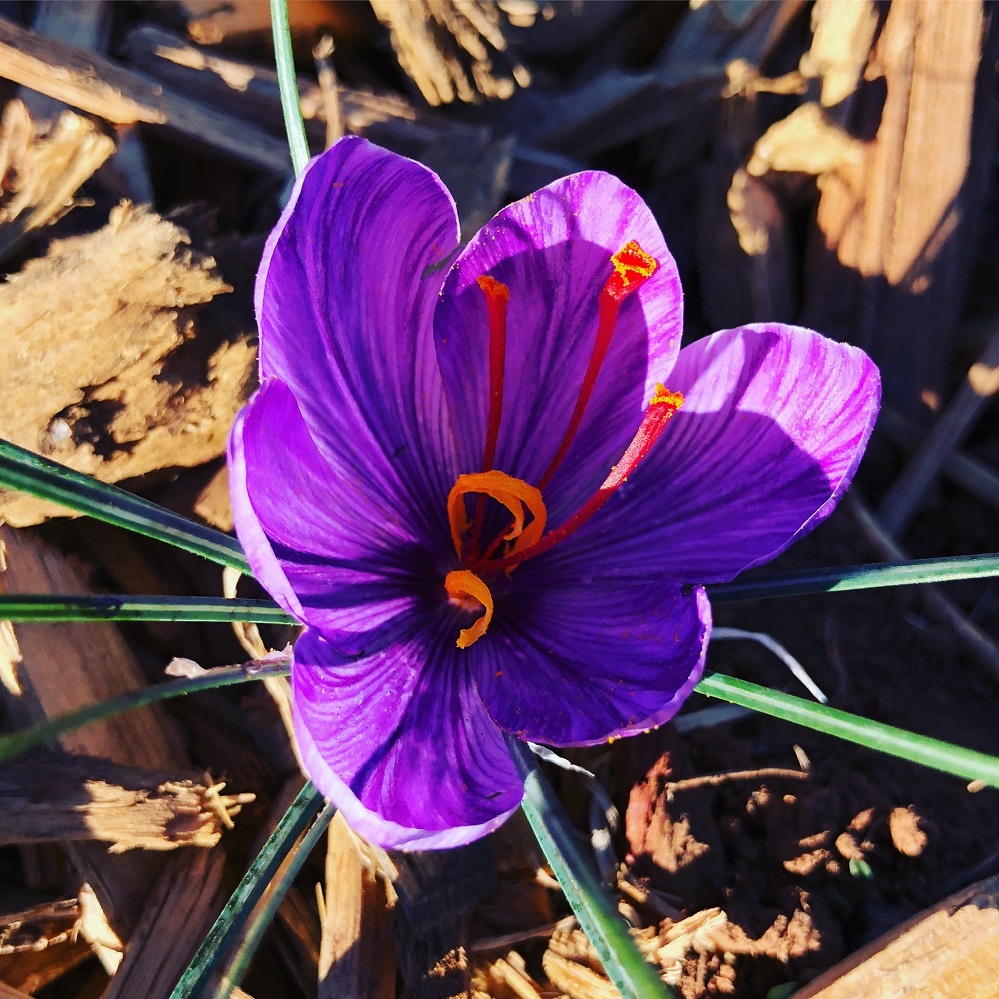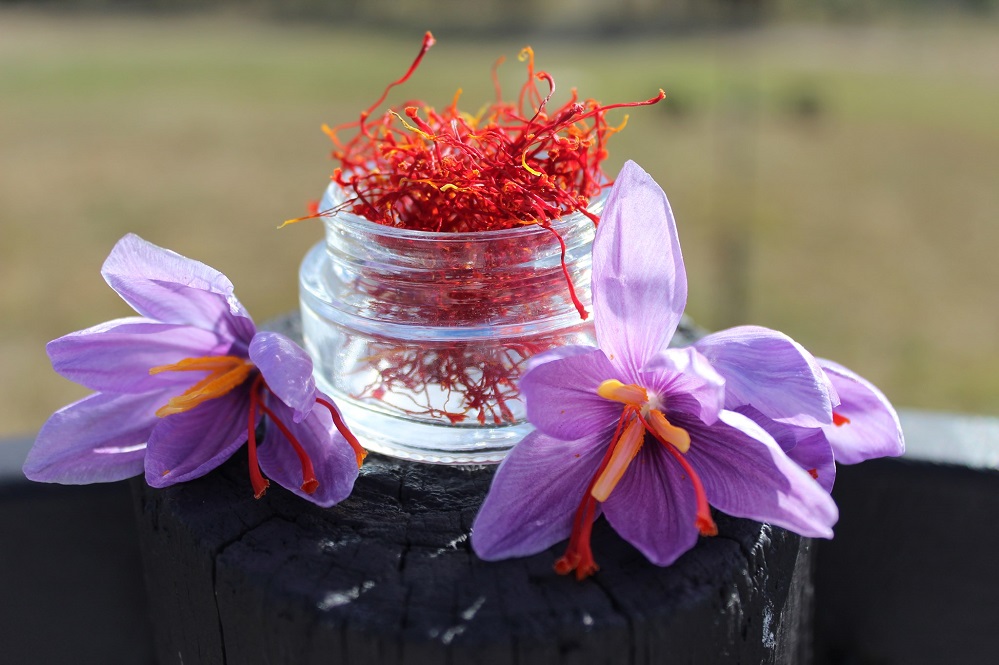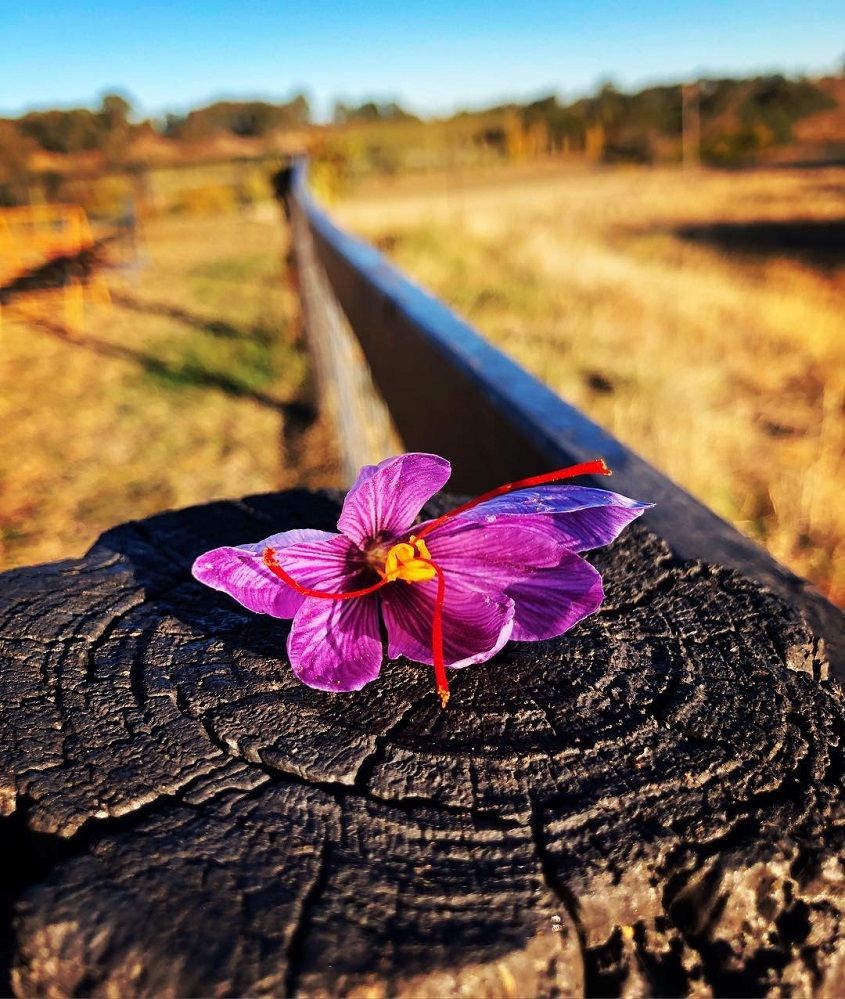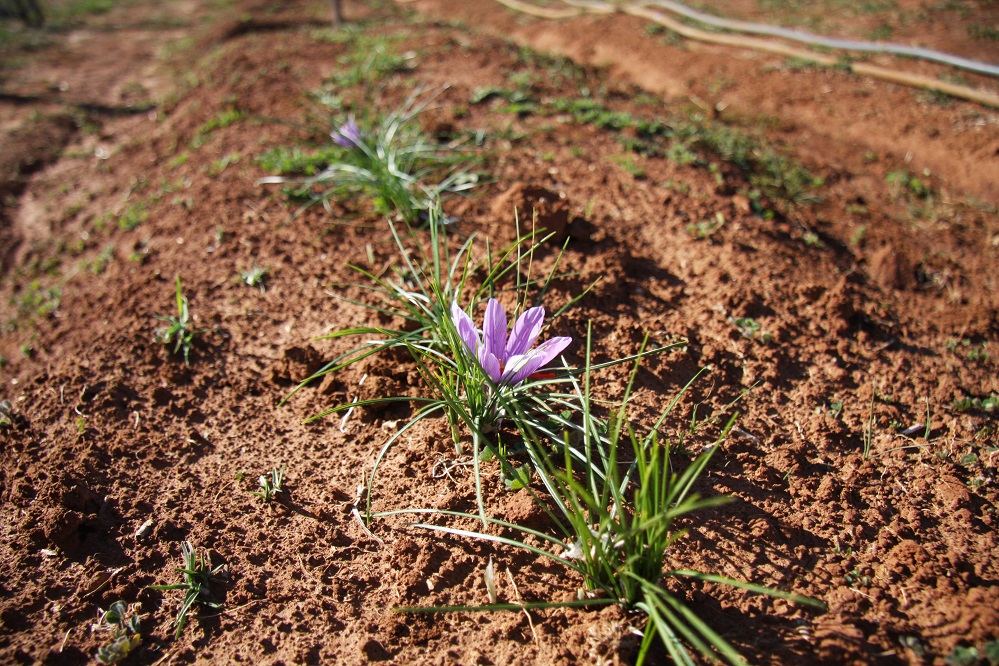A lifestyle worth its weight in gold
Tree-changers Angela and Brendon Argyle always knew they’d return to the country one day, but didn’t expect they would find swapping suits and corporate jobs for gumboots and life on the farm so satisfying.
Angela and Brendon moved to Orange three years ago, settling on a 10-acre block off the Cargo Road. Brendan originally hails from rural New Zealand while Angela grew up on a farm outside of Tamworth, her parents having made their own treechange from Sydney decades ago.
Growing up, Angela says she and her three sisters complained endlessly about life on the farm and after school she couldn’t wait to move to the city.
Angela had spent18 years working in financial planning, but after the birth of their first daughter Poppy, she and Brendon decided to finally make the move out of the city.
“It’s sort of ironic that all we ever said was, we wanted to live in Sydney and then you spend 18 years in Sydney, you want to get back to a regional town,” said Angela.
“And in Sydney I was full-on corporate: suits every day, makeup, out five days a week at dinner parties, right into the whole Sydney lifestyle and loved every second of it.”
Looking at options for putting their block of land to good use, Angela decided upon Saffron after realising it’s potential here in the Orange climate.
“I wanted something a bit unique and Orange is perfect for saffron. Our land suited it, our soil suited it, the climate is absolutely perfect for saffron — it likes the four seasons and the cold,” said Angela.
“So here we are; we are now saffron farmers.”
Farming Saffron also has the practical advantages of requiring minimal investment in equipment, it can be stored for long periods without deteriorating and is easy to transport.
All that it requires is a lot of hands-on labour.
“It’s very labour-intensive, which is why saffron is so expensive because it's all done by hand,” said Angela.
By weight, saffron is more expensive than gold, but it’s not surprising when you see just what goes into collecting even a single gram.
Saffron bulbs, known as corms, are planted in summer and flower for about a month in autumn. The new flowers are picked every morning and the three stigma are carefully extracted from the centre of the flower and then dried, ready for use in the kitchen.
It takes between 160 and 190 flowers to produce one gram of saffron, which retails for about $60.
Last year, Angela and Brendon harvested just 12 grams from a test plot of 2,500 corms — double what they expected from their first crop. This year, they will produce around 60 grams, but next season — as the corms multiple underground — they expect around half a kilogram.
“And by year, I’d guess we should be making at least a kilo a season — If we can sell it.”
Australia is only a small grower on the world stage, but what they lack in quantity, Angela believes they make up for in quality.
“Last year I sent our saffron around to chefs and a couple of influencers and the general feedback was that they had to use about half of our compared to what they're used to using, which is pretty important when you're paying 60 bucks a gram,” she said.
Angela just recently launched their website for Argyle Saffron and plans to direct sell to restaurants, particularly local ones who like to showcase produce from the region.
“We're not dreaming that this will even pay a quarter of our mortgage in five-years’ time,” said Angela, who also runs a virtual assistant business from home, while Brendon works on a neighbouring vineyard.
“But I love it. There is no way you can be a Saffron farmer unless you genuinely enjoy it; it's just too hard and there's too much to do and know. I love every aspect of it. Not that long ago, Brendon asked if I could be doing anything right now, what would I be doing? And I said, just what I'm doing now. So, we’re in it for the long haul.






